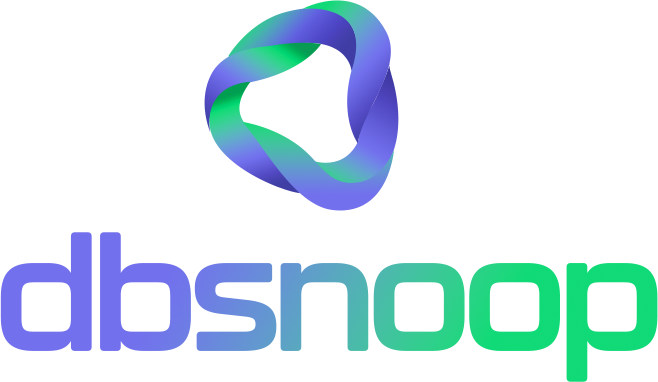

A Slow Query Is Not an Accident — It’s a Symptom
If you’re a DBA, DevOps, SRE, DBE, or Tech Lead, you’ve probably heard that dreaded question: “Why is this query so slow?” And most of the time, the answer isn’t simple.
A slow query doesn’t happen by chance. It’s a clear symptom of deeper issues — whether in infrastructure, database modeling, or how the application executes.
The good news? 80% of cases are linked to seven very common causes. And when you know how to identify them, troubleshooting stops being chaos and becomes a clear, fast process.
The 7 Most Common Causes of a Slow Query

1. Missing Indexes (or Poorly Designed Ones)
Without efficient indexes, the database is forced to scan entire tables. The result? Excessive CPU consumption, high I/O, and queries that take minutes (or hours) to deliver results.
2. Lock and Deadlock Issues
Queries can get stuck waiting for resources to be released. Poorly managed locks and deadlocks make your application feel like it’s freezing for no apparent reason.
3. Outdated Statistics
The query optimizer depends on up-to-date statistics to choose the best execution plan. Without them, it makes bad decisions and picks much slower paths.
4. Poorly Written Queries
Missing filters, unnecessary joins, or poorly structured subqueries kill performance. Bad code always leads to bad queries.
5. I/O Bottlenecks
Slow disks, saturated storage, or excessive swap usage can turn any simple query into a major bottleneck.
6. High Concurrency
When multiple queries hit the same data simultaneously, even well-optimized queries suffer. The environment stops scaling, and latency spikes.
7. Infrastructure Problems
Maxed-out CPUs, insufficient memory, congested networks, or under-provisioned instances directly impact query response time.
How to Identify the Cause in Minutes
Use Real-Time Observability
Tools like dbsnOOp Flightdeck give you instant visibility into what’s happening inside the database:
- Which queries are running right now.
- Active locks at this moment.
- CPU, I/O, and memory usage.
- Real-time execution plans.
Analyze the Execution Plan
The execution plan reveals whether the problem is a missing index, full table scans, expensive joins, or missing filters. Always start here.
Monitor Locks and Wait Events
If there are queries waiting, you’ll clearly see which resource is locking. Flightdeck shows this without needing manual scripts.
Check Infrastructure Health
CPU, I/O, and memory metrics help determine whether the problem is in the code or in the infrastructure.
Look for Patterns
If the same query always slows down at a certain time or under specific data volumes, you already have a clear path for optimization.

End the Troubleshooting Roulette
With dbsnOOp Flightdeck, you no longer have to rely on guesses, incomplete logs, or manual scripts. The platform delivers:
- Complete visibility into queries, locks, and resource consumption.
- Real-time bottleneck detection.
- Actionable insights for DBAs, DevOps, and managers.
The result? Less downtime, less stress, and greater operational efficiency.
Say Goodbye to Slow Queries
Fixing slow queries doesn’t have to be a mystery. Once you understand the 7 most common causes and apply true observability, your team stops running after problems and starts operating proactively.
dbsnOOp Flightdeck was built exactly for this: helping companies identify bottlenecks, optimize queries, and turn troubleshooting into a competitive advantage.
Want to see this in action? Book a meeting with our specialist or watch a demo now.
Visit our YouTube channel to learn about the platform and watch tutorials.
Schedule a demo here.
Learn more about Flightdeck!
Learn about database monitoring with advanced tools here.


